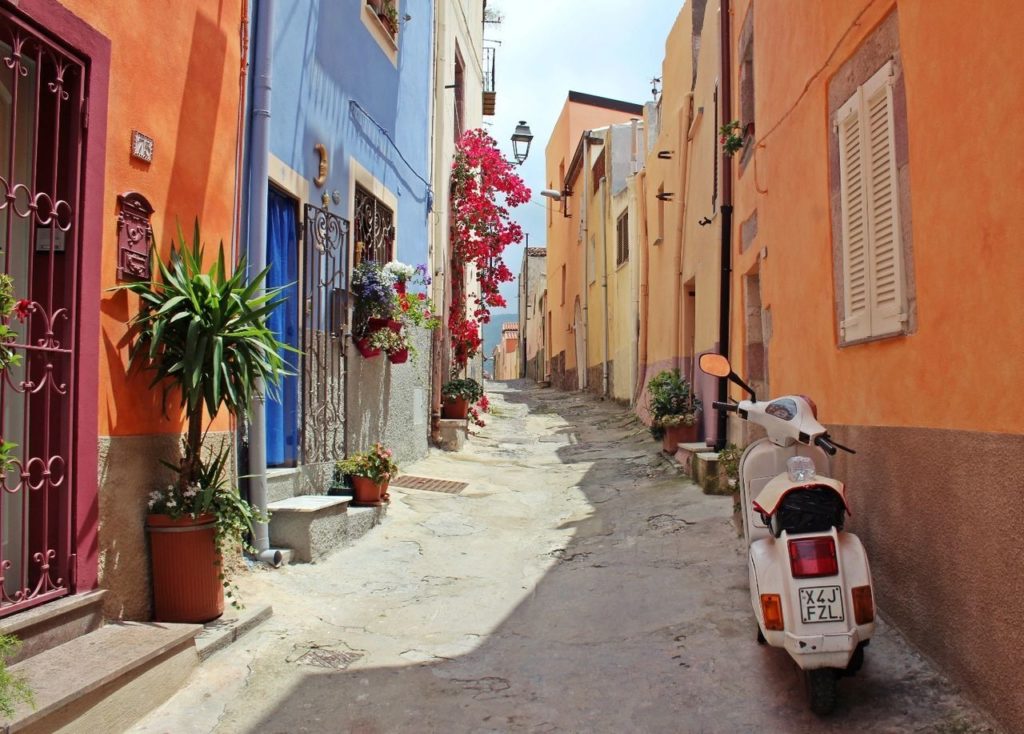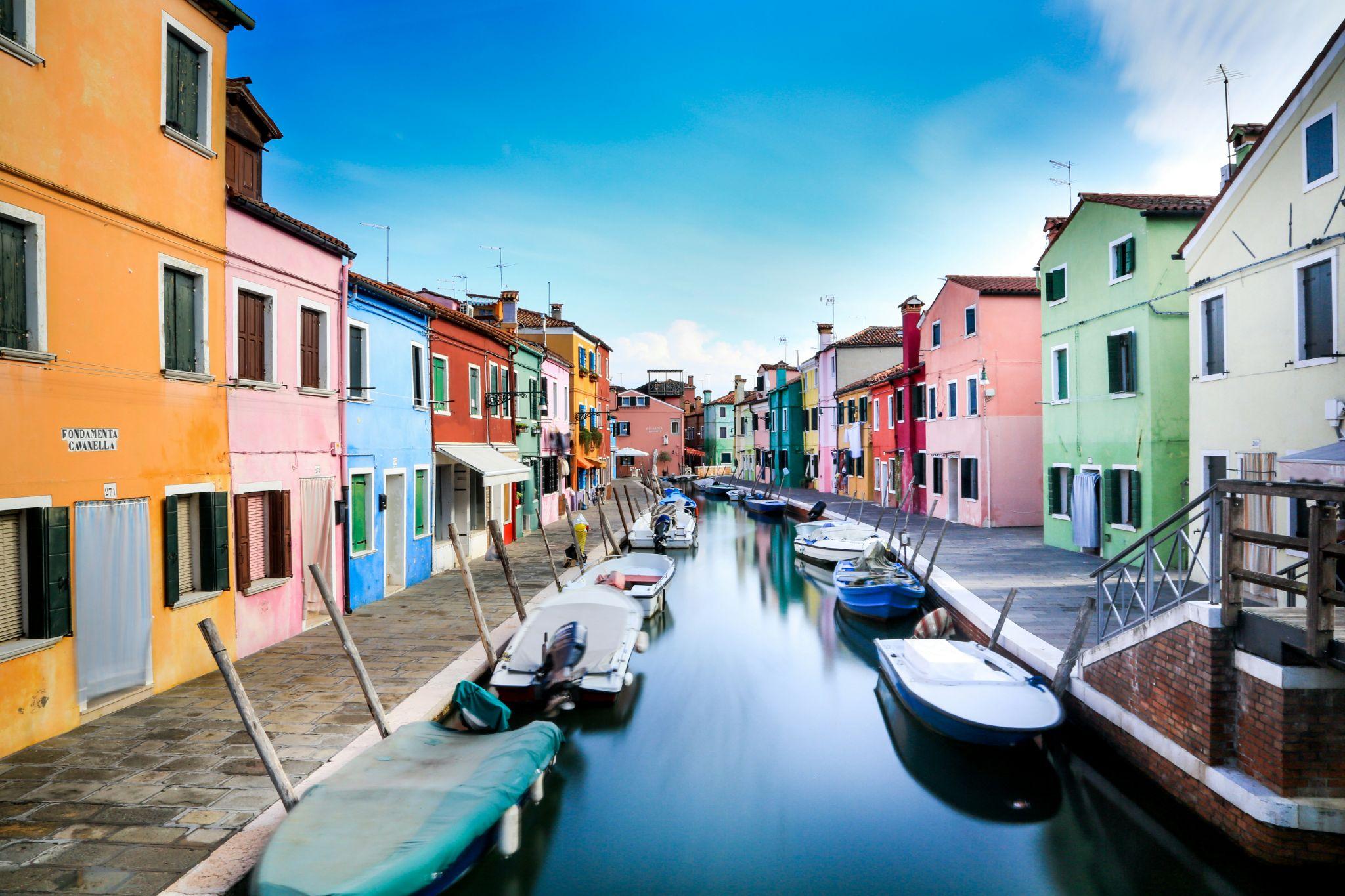The Cost of Living in Italy for New Italian Citizens
The Cost of Living in Italy for New Italian Citizens

Moving to Italy is a fantastic way to explore its stunning cities, immerse yourself in its rich culture, and experience its remarkable history. Even better, some American citizens are eligible for dual citizenship status, which allows them to become an Italian citizen.
Before packing your bags or applying for your visa or your Italian passport, you need to know about the cost of living in Italy to ensure you have plenty of money set aside. If you are traveling, unless you have a work visa, you cannot work a job, so you need to make sure you have plenty of money to enjoy your time in Italy.
For those who have obtained dual citizenship status, you can work, so you need enough money set aside for at least a few months of expenses to allow yourself time to enjoy the country and find a job.
Tourist Areas Give a False Reflection of the Cost of Living in Italy
Another thing to keep in mind is that tourist areas give the impression it is rather expensive to live in Italy. This is simply not the case. Once you get away from the tourist areas and discover the places where the locals shop, dine, and relax, you will notice prices are much less.
From farmer markets to little neighborhood cafés, there are plenty of places away from tourists for locals to find great bargains and reasonable prices. Local markets offer fresh produce, meats, and cheeses at significantly lower prices than those found in tourist hotspots. Additionally, small family-run restaurants, known as trattorias, provide delicious meals at a fraction of the cost compared to tourist-focused establishments. Living in residential neighborhoods also often means lower costs of transportation and personal care items.
Exploring these local spots not only saves money but also gives a more authentic Italian experience.
Prices in Italy for Housing
When calculating the cost of living in Italy, you need to account for the largest portion of your costs—housing expenses. Rent will vary based on what city you want to live in, just like it does here in the U.S.
For instance, if you are looking at living in Rome, Tuscany, or Milan, then rental prices are like those you would pay to live in New York City, Miami, or Los Angeles. As of 2024, the average rent in these cities ranges from $1,300 to $2,200 per month.1 Yet if you get farther away from the larger Italian cities, then rental prices start to drop.
Smaller towns and villages in the countryside could offer rent on a nice apartment for about $540 or less.2 If you want to enjoy city life but avoid the big cities, then you are looking at rental costs in the $860 to $1,300 range.1
Utilities such as electricity, heating, cooling, water, and garbage usually add an extra $150 to $200 to your monthly expenses.2 Additionally, internet costs range from $30 to $50 per month.2
Prices in Italy for Food
The cost of food in Italy will vary based on city and location. Typically, you can expect to pay between $13 and $19 for lunch at a nice restaurant and $27+ for dinner—although there are local eateries that offer flavorful meals for much less.1,2
Groceries for home cooking cost about $60 to $80 per week for a single person, including fresh produce, meats, and staple items from local farmer’s markets.3 Eating out at local pizzerias or trattorias can be significantly cheaper than dining in upscale restaurants.
Transportation Costs in Italy
The cost of gas in Italy is higher than in the U.S. As of 2024, the average price of gasoline is around $2 per liter.4 However, most vehicles in Italy are very fuel-efficient. Italy also has a decent public transit system available. Many people also ride bikes or use scooters to get around.
Monthly public transportation passes in major cities like Rome or Milan cost approximately $40 to $50.1,2 For long-distance travel, trains are a popular and affordable option, with prices varying based on distance and class.

Cost of Personal Care Items and Clothing
The costs of these things are not much different than it is in the U.S. You can find outlets and other discount retail centers. Yet, if you want designer clothing, Italy is the perfect place to find the latest fashion trends.
Italy offers many different exciting places to visit, see, and live. Where you want to live in Italy will determine the cost of living in Italy. Living in major cities will cost more than small towns and mid-sized cities.
Factors That Affect the Cost of Living in Italy
Location
Where you choose to live significantly impacts your cost of living. Major cities like Rome, Milan, and Florence are more expensive, with higher costs for rent, food, and entertainment. In contrast, rural areas and smaller towns offer a more affordable lifestyle with lower housing costs and cheaper local markets.
Family Size
The size of your family will affect your monthly expenses. A single person can live comfortably on a smaller budget, whereas a family of four will need a larger income to cover housing, food, education, and healthcare. Budgeting for more people means considering larger living spaces and increased daily expenses.
Lifestyle
Your lifestyle choices play a crucial role in determining your cost of living. Dining out frequently, indulging in entertainment, and shopping for luxury items can quickly add up. On the other hand, a more modest lifestyle, focusing on home-cooked meals and free or low-cost activities, can help you save money.
Proximity to Tourist Destinations
Living near tourist attractions can increase your cost of living. Popular tourist areas often have higher prices for everything from groceries to rent. However, living slightly away from these hotspots can offer a more reasonable cost structure while still allowing you to enjoy the benefits of proximity to cultural and historical sites.
Employment Opportunities
Employment opportunities can significantly influence your cost of living in Italy. Areas with higher job availability, like Milan, Rome, and Florence, often have higher living costs due to increased demand for housing and services. On the other hand, rural areas or smaller towns may have lower living costs but fewer job opportunities, which can impact your income.
Being aware of the local job market is crucial when planning your move. Regions with strong industries like finance, fashion, and technology often offer higher salaries, which can help offset the higher living costs.
Begin Your Own Italian Adventure
Ready to make Italy your new home? If you have Italian ancestry, you may be eligible for citizenship by descent. Begin your journey to embracing your heritage and becoming an Italian citizen with our knowledgeable help and guidance.
The Italian American Citizenship Assistance Program (ITAMCAP) specializes in helping Italian American citizens obtain Italian dual citizenship, making the process straightforward and stress-free. With a deep understanding of Italian bureaucracy and extensive experience, we are well-equipped to handle all your citizenship needs. Choose ITAMCAP for a reliable and professional service that will guide you every step of the way.
To find out if you qualify for dual citizenship status or for assistance with document translation services needed for your visa, please feel free to contact the Italian American Citizenship Assistance Program at (305) 812-5512 today!
Sources:
- https://www.expatistan.com/cost-of-living/country/italy
- https://www.numbeo.com/cost-of-living/country_result.jsp?country=Italy
- https://internationalliving.com/countries/italy/cost-of-living-in-italy/
- https://www.globalpetrolprices.com/Italy/gasoline_prices/

